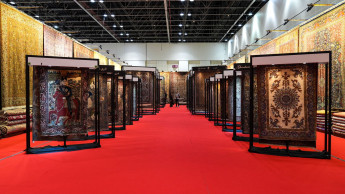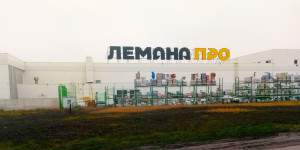Since 2004 the window market in eastern Europe has begun to recover. The latest study by the Interconnection Consulting Group reveals that 4.7 per cent more windows worth € 1.3 bn were sold in 2005
In the five countries investigated – Poland, the Czech Republic, Slovakia, Slovenia and Hungary – a total of 18.8 mio window units were sold in 2005, which amounts to an increase of 4.7 per cent. Growth of just 2.7 per cent was achieved in the preceding year. The decisive factor in the somewhat erratic development of recent years was the Polish market, which lost an average of 4.3 per cent annually from 1999 to 2004. In 2005 the number of windows sold in Poland increased again for the first time (+2.2 per cent).
The other countries in the region developed comparatively well in 2004. In particular the Czech Republic (+9.9 per cent) and Hungary (+6.3 per cent) recorded good rates of growth.
In Hungary the house-building boom came to an end in 2005: the rapidly increased offer of new housing came up against a reduced demand, which had an adverse effect on real estate prices and brought the window market a growth rate of merely 3.6 per cent. Interconnection's market researchers expect only moderate growth in the Hungarian window market over the next few years.
The trend is progressing quite differently in the Czech Republic, where building work has been on the rise since 2003. The house-building segment above all achieved very good rates of growth in 2005, which had a positive effect on the window market, where the sales volume experienced a growth rate of 10.1 per cent.
In Slovakia, renovation work and the replacement of old windows were the mainstay of the strong 8.1 per cent growth. This trend is set to continue with similar increases over the next three years.
2005 was a most successful year for the window market in Slovenia as well. Although only 3.3 per cent more building permits were issued in 2005, the effects of the boom over the two preceding years (+20.5 per cent and +14.4 per cent respectively) were extremely positive for the window market, which notched up 7.1 per cent more window sales. Renovations also contributed a great deal to the positive trend. However, growth is expected to slow down over the next few years.
The most popular material for frames in eastern Europe is still PVC, which took a share of 62.9 per cent in 2005. By 2008 the market share will have expanded to 63.6 per cent. Nevertheless, the preferences of eastern Europeans are shifting slowly in the direction of quality and the demand for other materials is rising, which will curb the growth of the PVC segment.
Especially windows made of aluminium are gaining market share: they accounted for 9.1 per cent of the windows in central Europe in 2005. The demand for wood-aluminium combinations is also on the increase and should result in their volume market share rising to 2 per cent by 2008. Wood is the only material that is still losing out, though the losses here are becoming less extreme. Nothing will change in this respect over the next three years, though the expectation is for wooden windows to experience a renaissance in the longer term.
The economic situation in central and eastern Europe is continuing to improve. Rising incomes, advantageous building policies and a new, quality-oriented consumer awareness are combining to bring impetus to the window markets. There is a demand for increasingly well insulated, long-lasting and good-looking windows that is driving average prices upwards.

 Menü
Menü
















